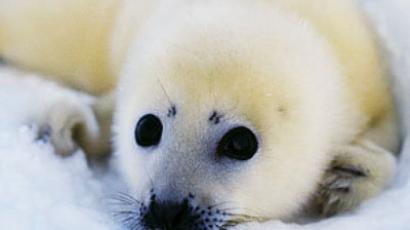Millions of Muscovites at risk of toxic waste poisoning
Crowds of Muscovites are flocking city parks, but few are aware that a popular place of leisure used to be a testing ground for chemical and biological weapons and remnants from those experiments are still buried there.
Thousands visit Moscow's Kuzminki park each day for a scenic walk or a good catch, and it doesn't look like a toxic graveyard at all.
But Dr. Lev Fyodorov, a leading chemical weapons expert, knows better.
“There is mustard gas everywhere here. The smell is overpowering. There are tons of chemical weapons just inches beneath my feet,” says Fyodorov, Chemical Safety Association president.
Dr. Fyodorov says visitors are already at risk of poisoning. He claims a major leak is inevitable, and will affect millions of Muscovites living within a few miles.
For years, the authorities refused to admit there was anything buried underneath this ground. But recently, a warning sign did go up. Still, there seem to be no plans afoot to resolve the situation once and for all.
Despite its location, after World War I, Kuzminki was set up by the Soviets to test their newest chemical and biological weapons.
When the authorities decided to move it further out in the 1940s, the clean-up operation was rudimentary at best.
“I was fifteen and a volunteer. We were told to bury the toxic waste in the ground. There were test tubes, barrels, special suits. We dug out a 1.5 meter-deep trench, and just flung them in,” says Boleslav Grokholsky, a former waste-removal volunteer.
Some of the waste was dug up again and removed, but most was never found.
A quarter of a century later the park was opened to the public.
The removal of toxic chemicals would be expensive – an operation on a similar site in the US in 2005 cost over half a billion dollars.
“We need a study to evaluate the exact level of risk in order to understand what the exact risk of contamination is, and what we should do next,” says Efim Brodsky from the Institute of Ecology and Evolution.
So far, no such official study has been published.
In the meantime, Moscow’s park-goers will just have to hope that the only burns they get are from the summer sun, while below them lies an artifact from history they’d rather not learn about.













